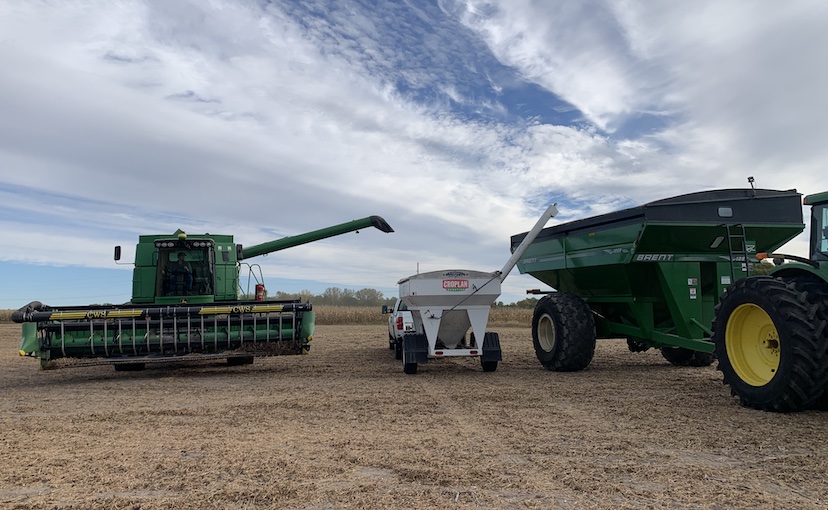2024 Soybean Discovery Plot Results
Oct 30, 2024

Federated’s soybean Discovery Plots (DP) were recently harvested after a summer of good rains. “Yields were pretty good, because of the year,” said Kevin Carlson, Federated’s agronomy sales manager. The plots in better soils, as could be anticipated, faired best, yield-wise, but all of the plots performed well.
Though summer brought plenty moisture, the warm and dry conditions in the month or so preceding harvest caused the soybean plants to ”shrink up,” which gave the combines a bit of a challenge, according to Carlson. “Taller stature varieties did better … because the spaces between the nodes in the plants were longer,” he said.
Drilled beans across Federated’s growing areas, he observed, were generally shorter than those planted in 30-inch rows, and they posed a challenge at harvest with their shrunken size. The DP beans were all planted in 30-inch rows.
“Overall, we are very happy with the results [in the plots],” said Carlson. However, he cautioned that the data collected (links below) should not be viewed in isolation, but rather it should be compared to other plot data and variety performance.
Avoid looking at one variety [in the DP results] and throwing it out if it didn’t perform well as you’d hoped. Look at that variety’s performance in other settings too. “You will find trends when you look at multiple data sources,” said Carlson, and that can help you make informed seed choices for the future.
As expected, the newer varieties of soybeans outyielded the older varieties. “Our best picks did filter to the top,” said Carlson.
Give your Federated Agronomist a call with any questions about plot data.
Federated will publish summaries from Winfield United’s Answer Plots® when that information is available. Stay tuned.
Links to Soybean Discovery Plot Data:
Albertville-Holker
Isanti-Bostrom
Ogilvie-Steffen
Ogilvie-Wilhelm
Rush City-KGL
Though summer brought plenty moisture, the warm and dry conditions in the month or so preceding harvest caused the soybean plants to ”shrink up,” which gave the combines a bit of a challenge, according to Carlson. “Taller stature varieties did better … because the spaces between the nodes in the plants were longer,” he said.
Drilled beans across Federated’s growing areas, he observed, were generally shorter than those planted in 30-inch rows, and they posed a challenge at harvest with their shrunken size. The DP beans were all planted in 30-inch rows.
“Overall, we are very happy with the results [in the plots],” said Carlson. However, he cautioned that the data collected (links below) should not be viewed in isolation, but rather it should be compared to other plot data and variety performance.
Avoid looking at one variety [in the DP results] and throwing it out if it didn’t perform well as you’d hoped. Look at that variety’s performance in other settings too. “You will find trends when you look at multiple data sources,” said Carlson, and that can help you make informed seed choices for the future.
As expected, the newer varieties of soybeans outyielded the older varieties. “Our best picks did filter to the top,” said Carlson.
Give your Federated Agronomist a call with any questions about plot data.
Federated will publish summaries from Winfield United’s Answer Plots® when that information is available. Stay tuned.
Links to Soybean Discovery Plot Data:
Albertville-Holker
Isanti-Bostrom
Ogilvie-Steffen
Ogilvie-Wilhelm
Rush City-KGL